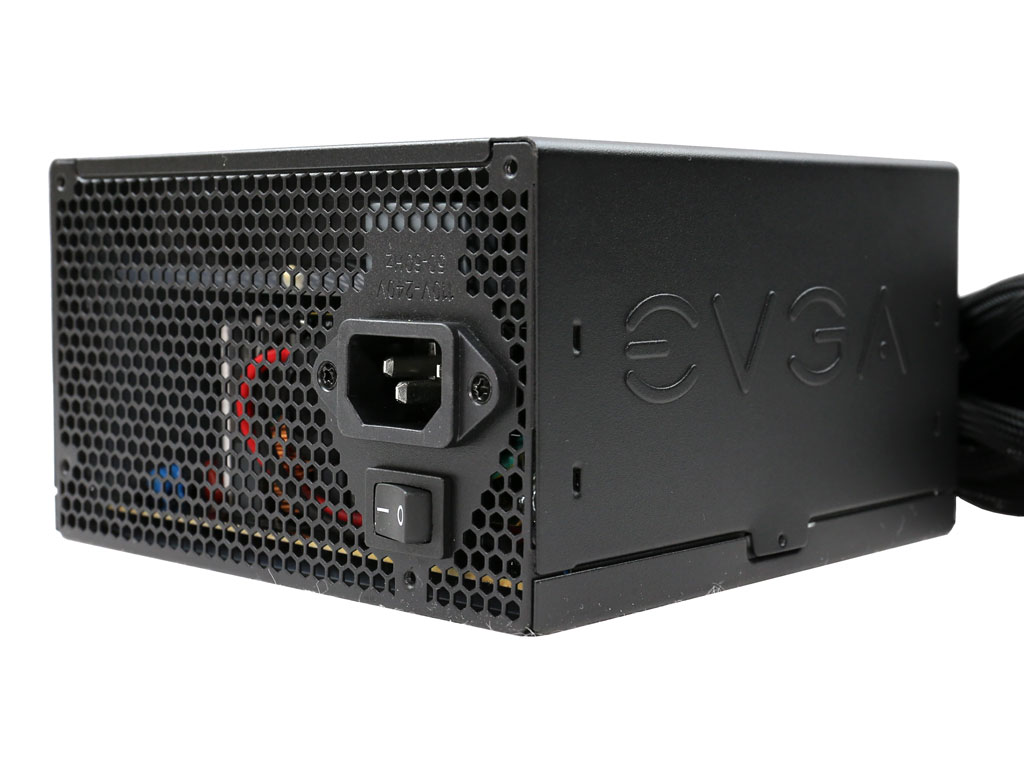EVGA 450 BT PSU Review: Amazing Value At $25
Why you can trust Tom's Hardware
Final Analysis
The 450 BT's price tag ranges from $25 to $40, depending on available rebates and discounts. Even at that higher price, this PSU's value proposition is amazing. The Super Flower platform it's based on is old and outdated. However, with some clever tricks, including a low maximum power output on its minor rails, it facilitates decent performance and 80 PLUS Bronze efficiency.
Usually, PSUs in this price range are ticking time bombs. But that's not the case with EVGA's 450 BT, which is covered by a three-year warranty. Despite a mere 30-degree temperature rating, this model still outlived our most demanding tests (the most stressful of them run at 40°C). To be honest, we expected the 450 BT to die prematurely on our bench. It soldiered on though, even making it through our brutal protection feature evaluations.
While we'd normally advise you to steer clear of a $40 (or $25) PSU, the fact of the matter is that there's a lot of demand for inexpensive hardware. If you're looking to build a simple, mainstream PC and don't want to spend a ton of money, EVGA's 450 BT checks all of the right boxes. It offers satisfactory efficiency, good ripple suppression, tight load regulation (even under highly imbalanced loads), and it keeps all of its rails within the ATX specification's tolerances. Yes, the 3.3V rail's transient response is really bad. Under real-life conditions, however, that rail shouldn't have to shoulder much stress.
The Teapo capacitors that we find inside are fairly low-end. Regardless, they're better than other Chinese-made caps common in cheap PSUs. EVGA's sleeve bearing fan does come from a respected manufacturer (Globe Fan), fortunately enough. There is no semi-passive fan mode, since the 450 BT's low efficiency results in high temperatures. As a result, you end up hearing a lot of fan noise under taxing workloads. Then again, we prefer aggressive fan profiles in low-efficiency PSUs; they help enhance reliability. The parts that RSY uses in this PSU, coupled with that aggressive fan profile, ensure EVGA's 450 BT should outlive its warranty period.
Corsair's CX450 is the 450 BT's main competitor. It achieves slightly higher performance, along with lower noise output. However, it's also a bit more expensive. The CX450 boasts a five-year warranty, though. It also includes a rifle bearing fan and is based on a modern platform featuring an LLC resonant converter. If you see EVGA's 450 BT for $40, which is $5 shy of the CX450, then buy the Corsair PSU. If you can get the 450 BT for $25, though, there's just no way to beat it.
MORE: Best Power Supplies
MORE: How We Test Power Supplies
Get Tom's Hardware's best news and in-depth reviews, straight to your inbox.
MORE: All Power Supply Content
Disclaimer: Aris Mpitziopoulos is Tom's Hardware's PSU reviewer. He is also the Chief Testing Engineer of Cybenetics, and developed the Cybenetics certification methodologies apart from his role on Tom's Hardware. Neither Tom's Hardware nor its parent company, Purch Media, are financially involved with Cybenetics. Aris does not perform the actual certifications for Cybenetics.
Current page: Final Analysis
Prev Page Performance, Value, Noise & Efficiency
Aris Mpitziopoulos is a contributing editor at Tom's Hardware, covering PSUs.
